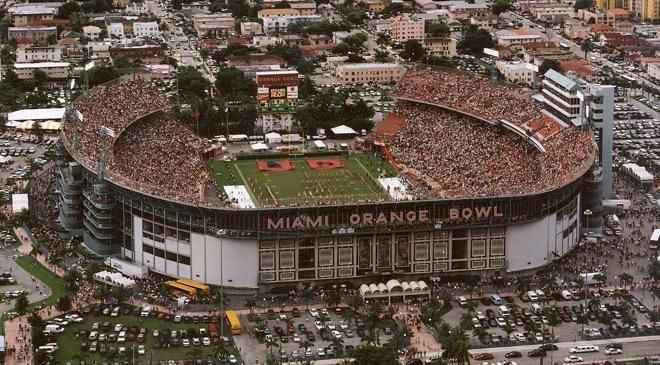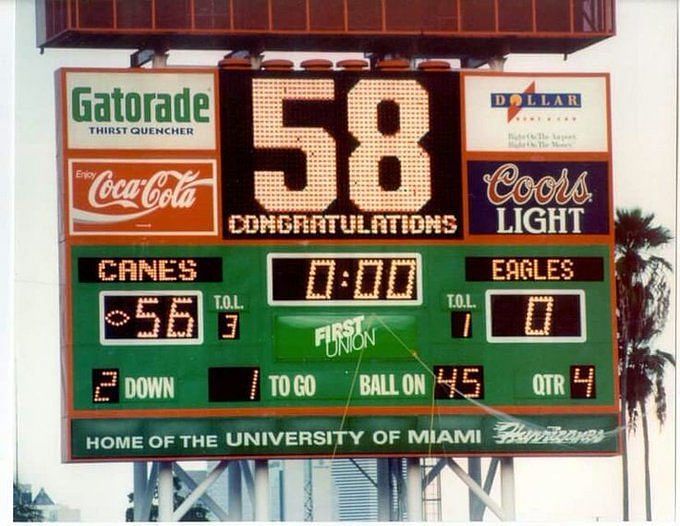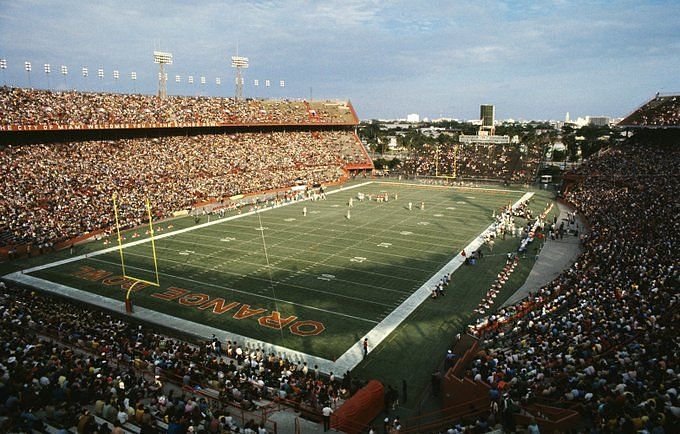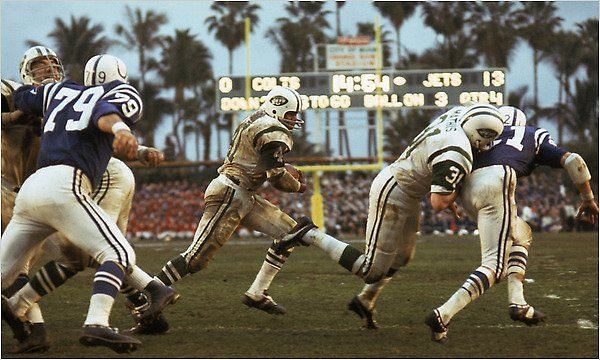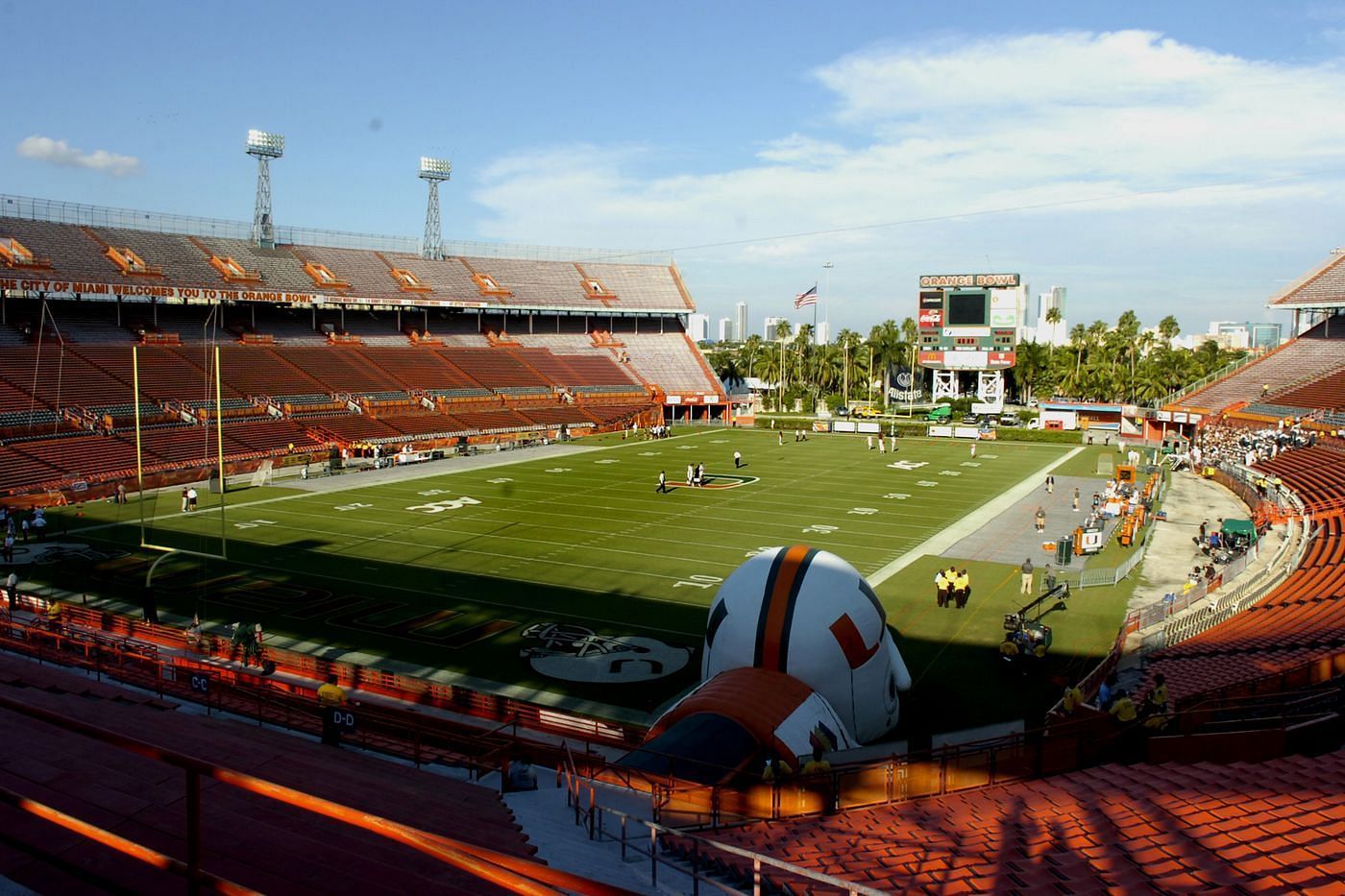
Exploring the history and legacy of the Miami Orange Bowl
The Miami Orange Bowl remains one of the most iconic stadiums in the history of the NFL. Located in the Little Havana neighborhood, west of Downtown Miami, the stadium hosted numerous sporting events in its 70-year history. It served as the home of the Miami Dolphins for 21 seasons and recorded many iconic moments in the NFL.
The stadium was originally known as the Burdine Stadium when it opened in 1937. It was renamed in 1959 after the Orange Bowl, the college football event it hosted from 1938 to 1996. The legendary stadium saw its capacity increase at intervals throughout its existence. The Miami Orange Bowl hosted iconic football events, including five Super Bowls before its eventual demolition.
History of the Orange Bowl Stadium
The Miami Orange Bowl was opened in 1937 after construction work took off in 1936. Designed by Harold Stewart, the stadium was built by the City of Miami Public Works Department with a construction cost of $340,000. Upon completion, the Miami Hurricanes were the first tenants of the stadium.
The Miami Dolphins moved to the stadium in 1966 after the franchise was founded. The team would go on to call the stadium home for the next two decades. The Dolphins enjoyed huge success during their time at the Orange Bowl, especially in the era of Don Shula. The team had an impressive winning record against rival teams in the AFC East.
The Dolphins left the Miami Orange Bowl in 1986, but the stadium continued to host the "Orange Bowl" rivalry and served as home to the Miami Hurricanes. The stadium was also home to some other football and soccer teams at certain periods. The stadium's long history came to an end in 2008, after it was demolished by the city of Miami.
Memories and Legacy in the NFL
Although the Miami Orange Bowl no longer exists, the memories and legacy left behind by the stadium in the NFL continue to live on. The stadium remains one of the most iconic venues in the league's long history. The iconic venue hosted five Super Bowls in the space of 11 years, including Super Bowl II, III, V, X, and XIII.
The Miami Orange Bowl was more than just a stadium hosting NFL games; it was a cultural institution that played a significant role in shaping the identity of the city of Miami. The stadium will forever be linked to the Dolphins, who established themselves as one of the dominant teams in the league during their time at the stadium.
The raucous atmosphere created by the Dolphins fans during games at the stadium are tales that will be told for generations to come. The Orange Bowl is a fortress never to be forgotten by the Miami Dolphins. The memories of the team's success and dominance at the stadium will continue to make generations of Dolphins fans proud.

